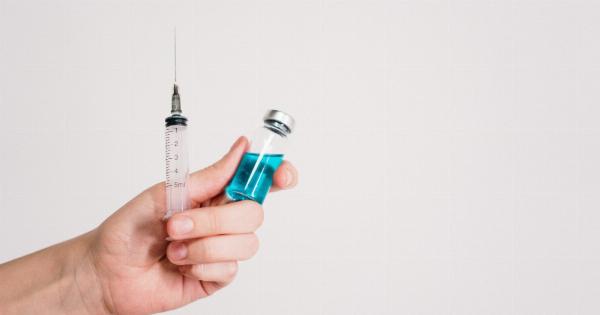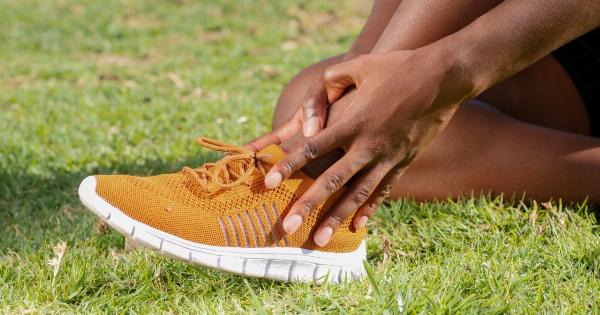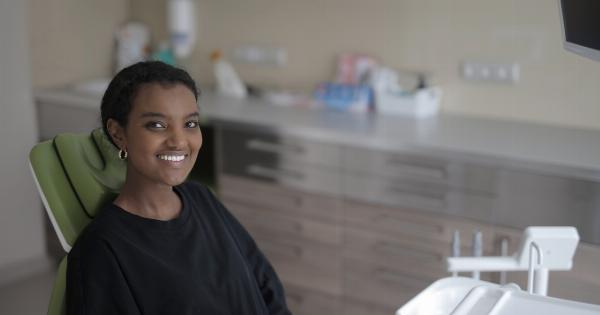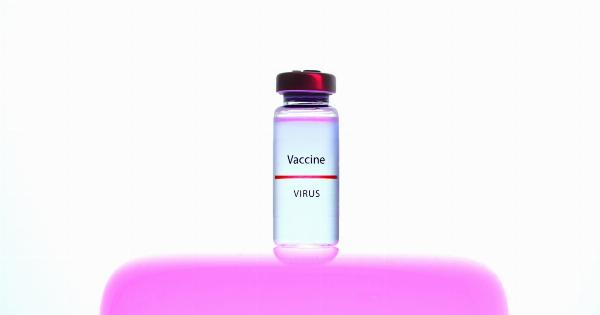Warts are common skin growths that occur when a type of virus infects the top layer of the skin. The virus responsible for causing warts is the human papillomavirus (HPV) and there are over 100 different strains of this virus.
HPV is also responsible for causing other health conditions, including cancer of the cervix, anus, and throat.
Types of Warts
There are different types of warts, which include:.
1. Common Warts
These are rough, raised bumps that have a cauliflower-like appearance. They usually occur on the hands, fingers, and elbows.
2. Plantar Warts
These warts occur on the soles of the feet, and they can be painful when pressure is applied to them. Plantar warts can also have black dots on their surface.
3. Flat Warts
These warts can occur on any part of the body, but they are most commonly found on the face, legs, and arms. Flat warts are small and smooth and have a flat surface.
4. Genital Warts
These are warts that occur on the genital area, anus, and groin. Genital warts can cause itching, discomfort, and pain, and they can be passed on through sexual contact.
Causes of Warts
The human papillomavirus (HPV) is the main cause of warts. This virus is highly contagious, and it can be spread through skin-to-skin contact or by touching surfaces that have been contaminated with the virus.
Warts are more likely to occur in people with weakened immune systems or those who have a history of eczema.
Preventing Warts
Preventing warts involves taking certain precautions, which include:.
1. Practice Good Hygiene
Wash your hands regularly, especially after touching surfaces that are frequently touched by others, such as doorknobs and countertops.
2. Avoid Sharing Personal Items
Do not share personal items, such as towels, razors, or clothing, as these items can be contaminated with the HPV virus.
3. Avoid Walking Barefoot in Public Areas
Avoid walking barefoot in public areas such as locker rooms, shower rooms, and swimming pools. Wear shoes or sandals to protect your feet from the HPV virus.
4. Boost Your Immune System
Eat a healthy diet, get regular exercise, and get enough sleep to boost your immune system and decrease your risk of getting warts.
Treating Warts
Most warts will go away on their own without treatment, but some warts can be stubborn and may require treatment. Treatment options for warts include:.
1. Cryotherapy
Cryotherapy involves freezing the wart with liquid nitrogen. This procedure is carried out by a doctor or dermatologist.
2. Salicylic Acid
Over-the-counter treatments that contain salicylic acid can be used to remove warts. These treatments work by softening the skin and causing the wart to peel off.
3. Laser Treatment
Laser treatment can be used to remove warts that are resistant to other treatments. This procedure is carried out by a dermatologist.
Conclusion
Warts are common skin growths that are caused by the human papillomavirus (HPV). They are highly contagious and can occur on any part of the body.
Preventing warts involves taking certain precautions, such as practicing good hygiene and avoiding sharing personal items. Most warts will go away on their own without treatment, but some warts may require treatment, such as cryotherapy, salicylic acid, or laser treatment.






























